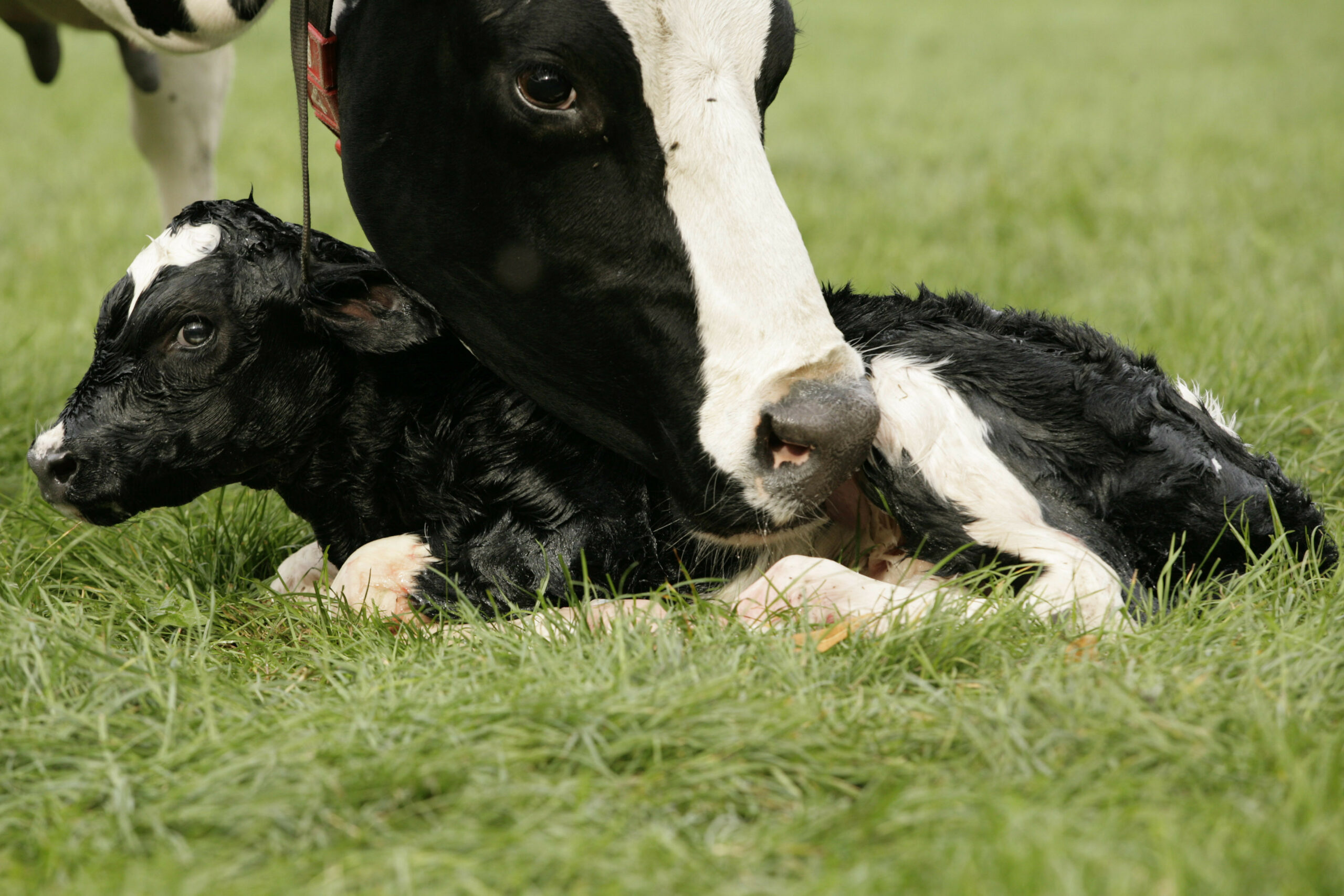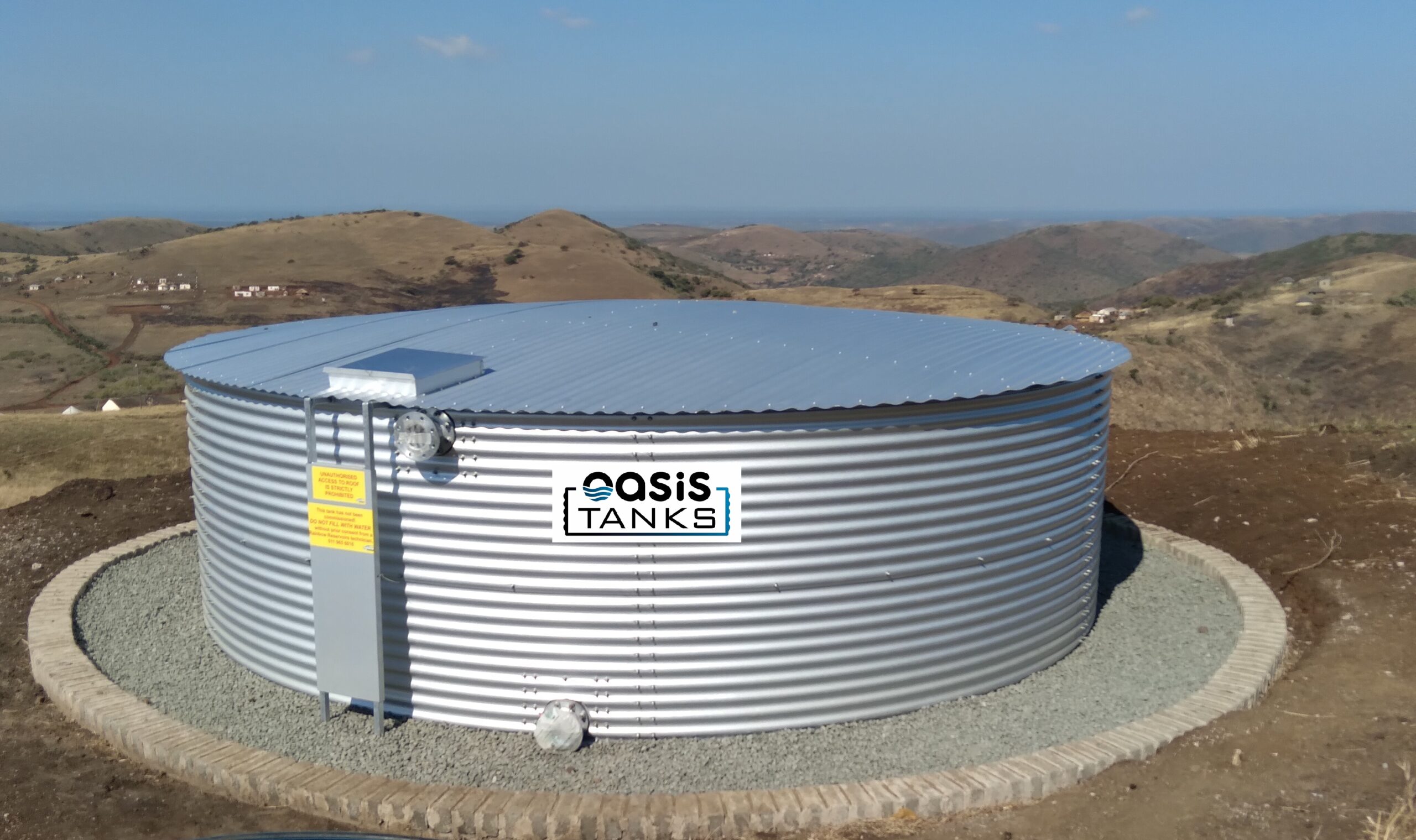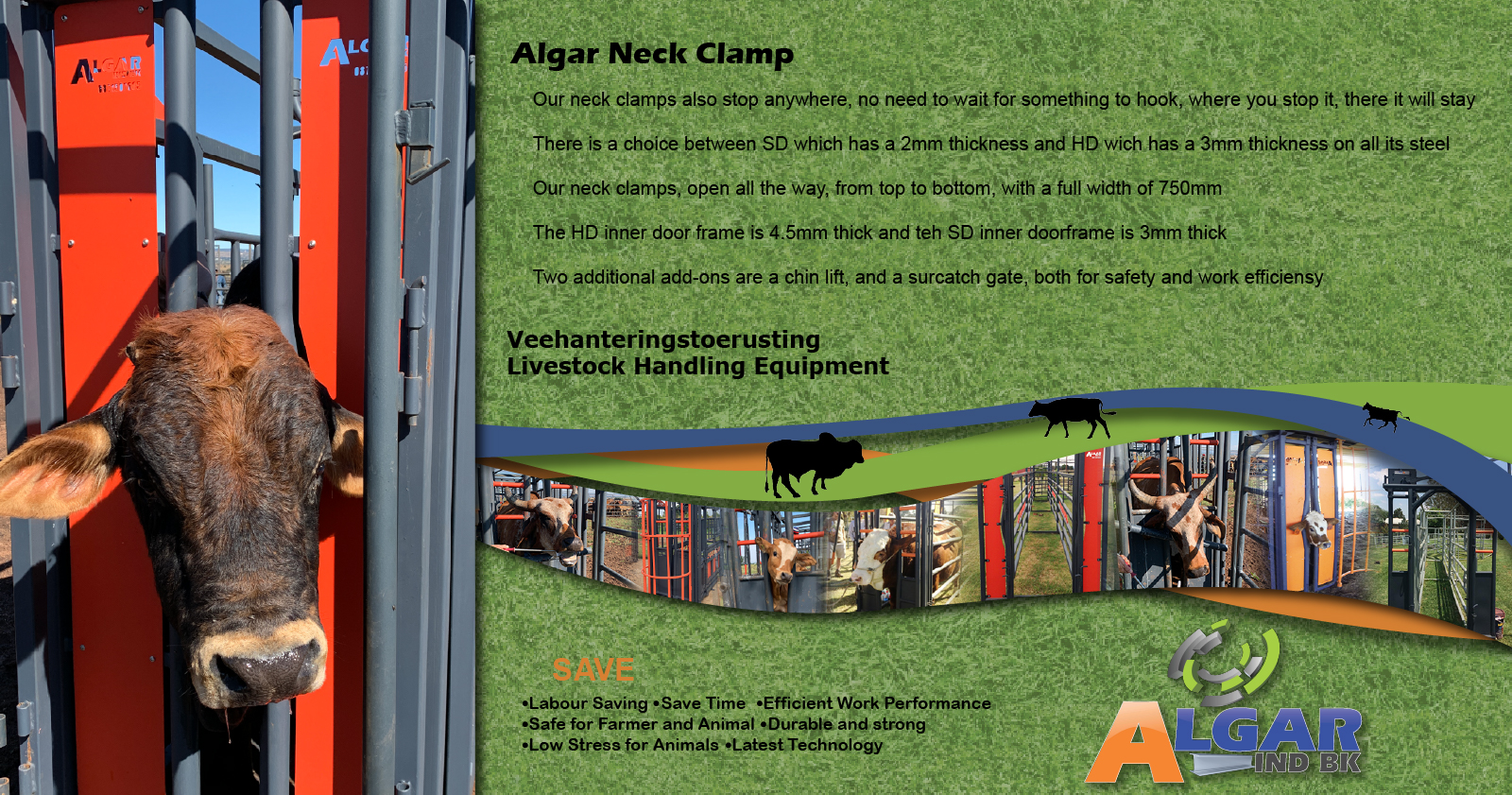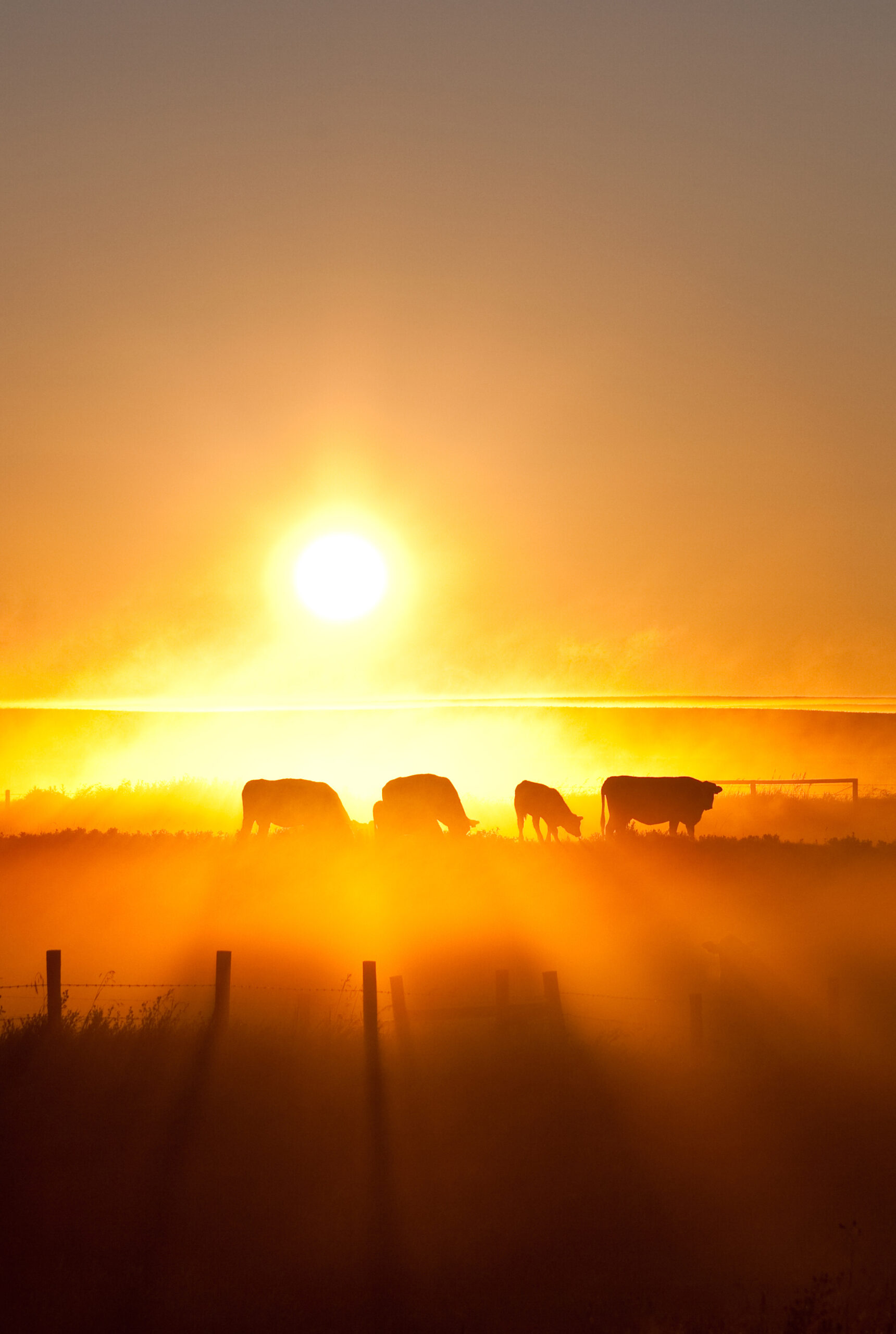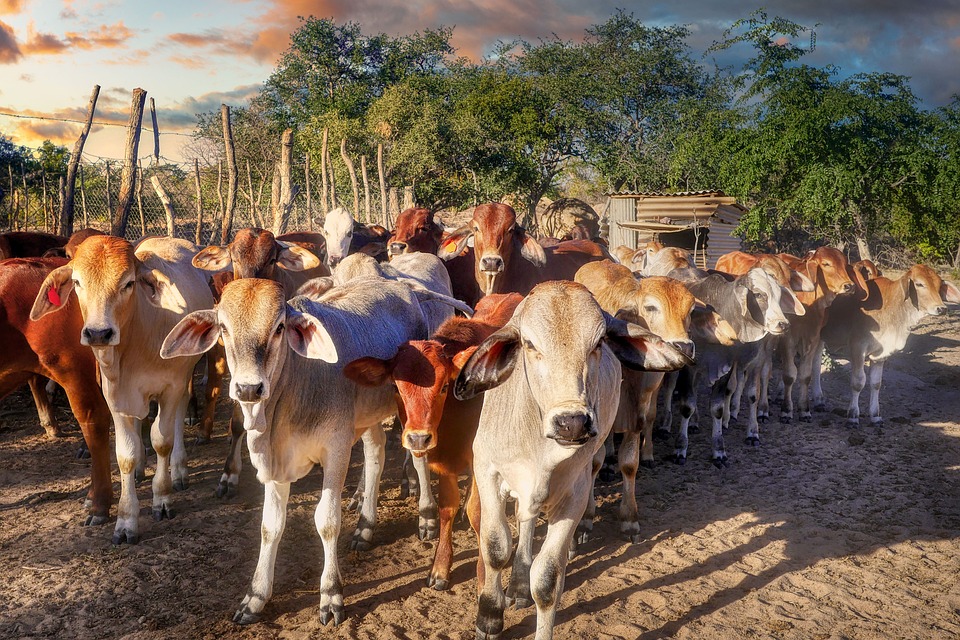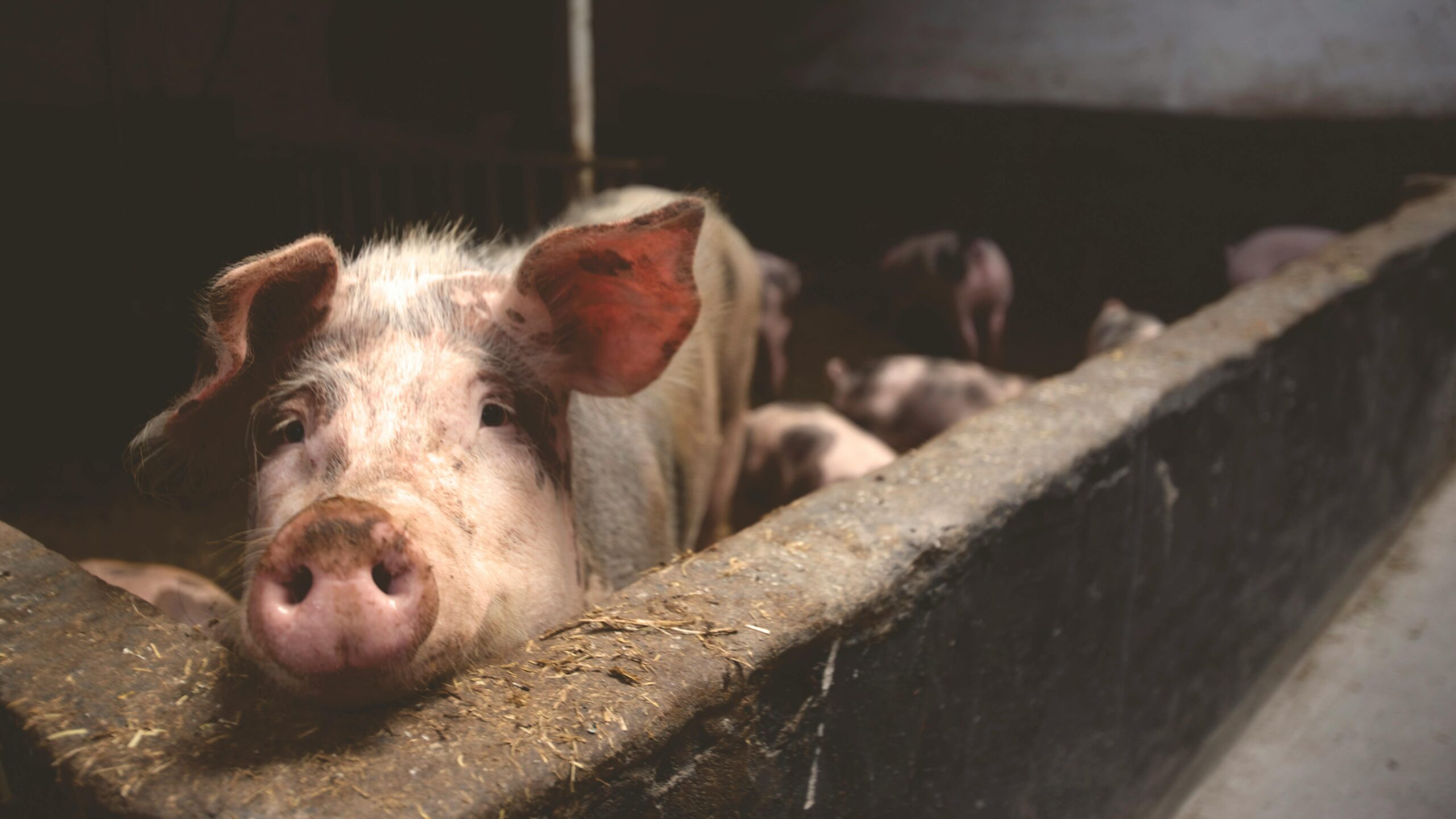The main focus of this series is to provide the dairy farmer with the necessary advice and information regarding dairy structures from an engineering point of view. Enjoy!
Through the ages, for as long as cows have been milked, the art of caring for them in such a manner that they produce more milk and remain healthy and comfortable existed. Cows adapt easily, but care must be taken that they are kept clean, dry, cool and out of the mud. Cows must be handled with patience and we should be consequent and considerate regarding their needs. Care must also be taken that the cows live in an environment where the stress they experience is kept to the minimum.
Each cow has her own characteristics, perceptions and resistance to diseases, which influences her milk production. It is therefore essential to have a thorough knowledge of each cow in order to have a successful dairy, increased milk yields and efficient management of the herd. The better each cow is known and understood, the more understandable their behaviour will be. It can therefore not be overemphasised how important the function of the dairy cow handler is. These people must have an understanding, love for, and knowledge of cows. Their behav-iour must always be faultless, calm and in the interest of the cows. Variation in personnel must be kept to a minimum.
The adaptation of the dairy cow to her environment is just as important for milk production as her adaptation to the herd and people. The alleys, holding pen, milking parlour, post-feeding unit, housing, corrals or camps are those places that make up the environment in which she lives and produces.
All these environmental factors are manmade, and the question often arises whether the interest of the cows or of the owner are served.
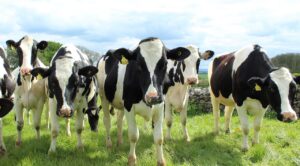
Maintain the correct herd combination (Photo courtesy of farmanddairy.com)
Herd combination
As a general directive, the following percentages can be used for a herd combination (Engelbrecht, 1991):
- Cows in production – 45%
- Dry cows – 10%
- Heifers: Ten months to pre-calving – 24%
- Heifers: Six weeks to ten months – 13%
- Calves: Birth to six weeks – 8%
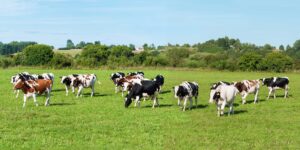
Cows are much more productive in a friendly and supportive environment. (Photo courtesy of AdobeStock)
Production cycle
The production cycle or between calving cycle (BCC) is the period in a cow’s life between the birth of one calf and her next calf. The recommended objectives for BCC are (Department of Agriculture, KwaZulu-Natal in South Africa, 1995):
- An average period of 365 days.
- A cow should never have a BCC of less than 330 days, 90% of cows should have between 330 and 400 days and less than 10% a BCC of more than 400 days. The BCC is better understood when it is divided into separate components, as illustrated in Figure 1 (p13).
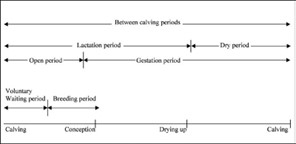
Figure 1: Diagram of the periods and events in between calving periods.
Lactation period
The period from calving until the cow has dried up, is the lactation period during which the cow produces milk. This period is usually 300 to 305 days (43 weeks) with limits of 265 to 340 days (38 to 49 weeks). The length of the lactation period depends on the open period and the production level.
Open period (OP)
This is the period between calving and re-conception. This period depends on the voluntary waiting period and the breeding period. The length of this period is on average 85 days (12 weeks), with limits of 45 days to 120 days (7 to 17 weeks).
It is important to give a cow a chance to replenish her body reserves after
each cycle. (Photo courtesy of lklservices.co.uk)
Voluntary waiting period (VWP)
This is the minimum time the farmer decides to allow between calving and the next covering, usually 45 to 60 days. Breeding before 60 days (eight weeks) after calving is not recommended. If the VWP is shorter than 60 days, it must at least not be shorter than 45 days and the cows must be clean and on heat for the second time.
Breeding period (BP)
The breeding period is the open period minus the VWP (BP = OP – VWP), in other words, the time from the end of the VWP to conception. The length of this period depends on the number of coverings per conception and the number of times that the cow was on heat.
Gestation period
The period from conception to calving is called the gestation period and usually lasts 280 to 285 days. It variesslightly between diff erent breeds and also depends on the gender of the calf, but for practical purposes it can be taken as 280 days (40 weeks).
(Photo courtesy of iStock.com)
Dry period
This is the period from the time of lactation until the cow calves again. It is usually 56 days (objective is 45 to 57 days) calculated from the conception date, in other words, conception date plus 224 days gives the date on which the cow must be dried up. Low producers, cows who have been sick or cows with extended coverings (open periods) can possibly reach uneconomical low levels of production before 56 days from when the next calf can be expected and therefore have dry periods of longer than 56 days.
The length of the gestation period is also variable and may not be exactly 280 days, with the result that the length of the dry period varies with approximately a week. The dry period is necessary to allow a cow time to replenish her body reserves, especially minerals that were depleted during the lactation period, and also to give the udder tissue a chance to compress and renew before the next lactation. A dry period of less than 45 days will be detrimental to the next lactation period.
Pre-calving period
About six weeks before the expected calving date, the cow can receive additional fodder to replenish her body reserves to ensure that she is in good condition when she calves (the cow must not be over-conditioned) and that her rumen micro-organisms are adapted for concentrates.
Published with acknowledgement to the ARC Agricultural Engineering for the use of their manuals. Visit www.arc.agric.za for more information.

